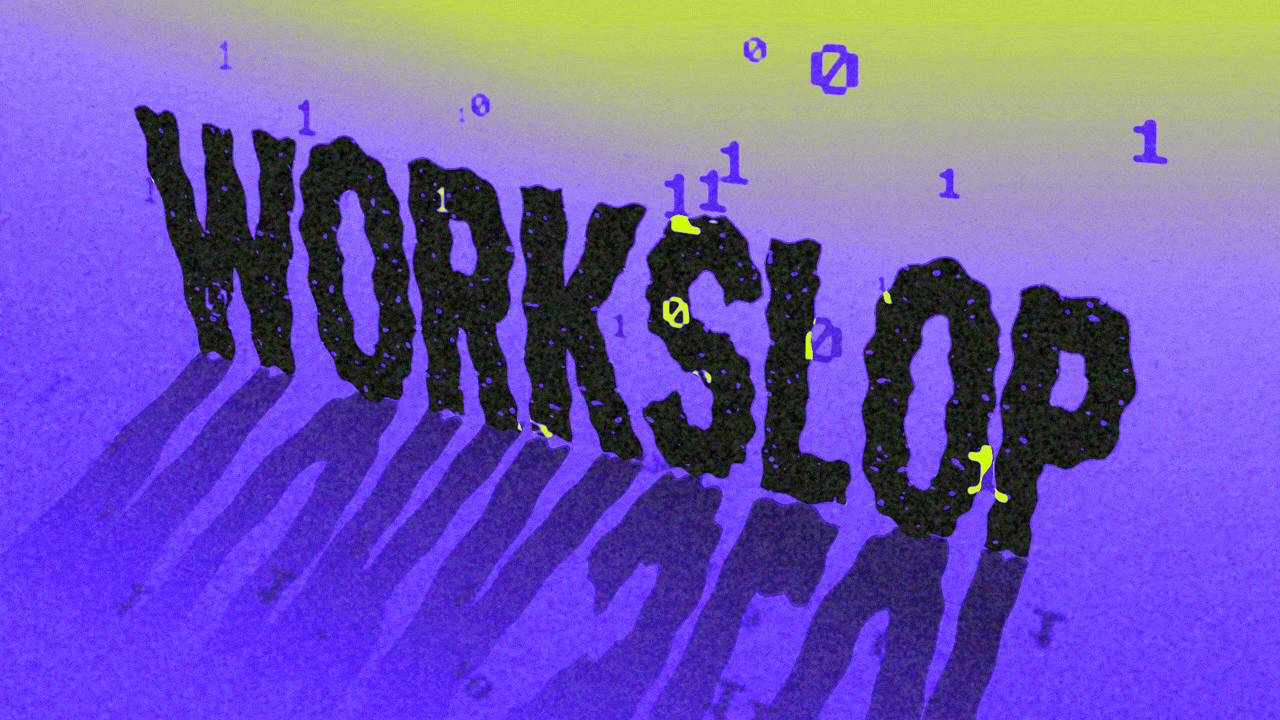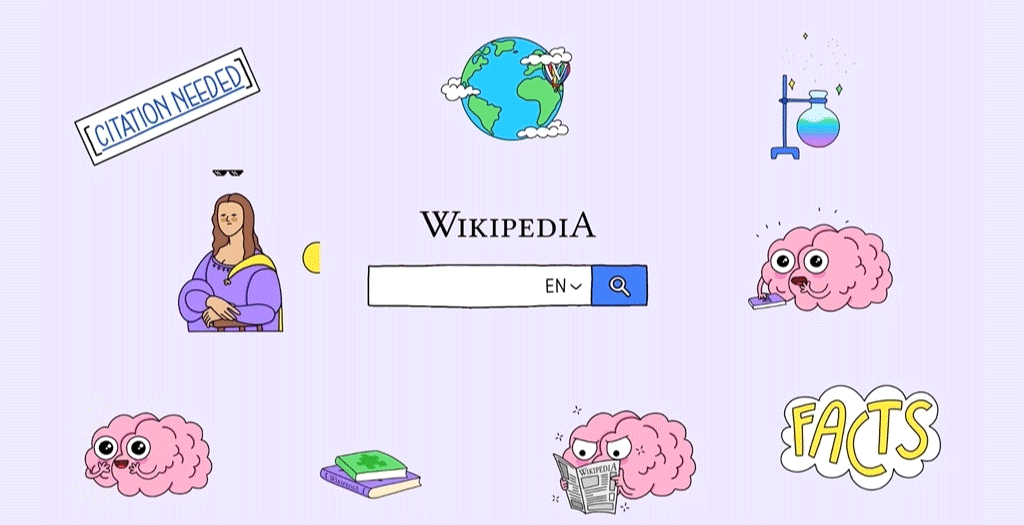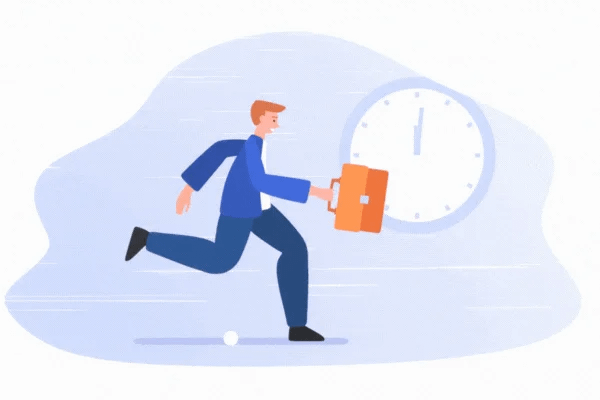
AI: Now AI 'Workslop' joins 'AI Slop' in new vernacular. RTZ #855
I’ve been discussing here the new recent phrase ‘AI Slop’ added to the English language, for some time now. Add to that now AI ‘Workslop’ for the office ‘Knowledge Worker’ in the enterprise workplace.
That term ‘knowledge workers’ itself popularized by Bill Gates’ Microsoft in the tech context, over two decades ago to sow what its Microsoft Office Productivity applications like Word, Excel, Powerpoint and more could do augment said ‘KWs’.
Now it’s AI’s turn in this AI Tech Wave. And although LLM AI companies may prefer different words than ‘Workslop’, that horse seems to be leaving the barn.
Axios lay out this galloping trend in “AI ‘workslop’ sabotages productivity, study finds”:
“AI is supposed to make work easier, but instead it has generated a new problem: “workslop.”
“Why it matters: The term, coined by researchers in the latest Harvard Business Review, describes low-quality AI-generated content — memos, reports, emails — that’s clogging up employees’ lives and wasting their time.”
It’s a problem we’ve discussed here before, as AI changes the nature of what we do on the internet.
“What they’re saying: Workslop “appears polished but lacks real substance,” write researchers from Stanford University who collaborated with BetterUp, a leadership coaching platform.”
“[Y]ou might recall the feeling of confusion after opening such a document, followed by frustration,” they write. “You begin to wonder if the sender simply used AI to generate large blocks of text instead of thinking it through.”
“If this sounds familiar, you have been workslopped.”
The study had a robust methodology, especially as it uses AI Data both inside and out to create said Slop.
“By the numbers: In August and September, the researchers surveyed 1,150 U.S. adults who described themselves as desk workers about their experiences with “workslop.” They didn’t name the term, but merely defined it.”
“40% said they’d encountered this stuff in the last month — slowing down their workday.”
“They reported spending an average of 1 hour and 56 minutes dealing with each instance.”
Including an emerging measure of the implicit expense of everyone and their AI Agents ingesting the accelerating AI work product:
“Zoom out: Slop carries real costs — looking at the average respondent salary, the researchers estimate workslop incidents costs $186 per month.”
“For a large organization, that can add up to more than $9 million a year in lost productivity, per their back-of-the-envelope math.”
“When asked how workslop made them feel, more than half of respondents said they were annoyed, 38% were confused and 22% were offended.”
And it sometimes comes with an image downside of the folks using AI in the first place.
“The intrigue: Colleagues look down on workslop senders — about half of all those surveyed viewed slop senders as less creative, capable and reliable.”
“And yet they’re sending it, too. Of those using AI at work, 18% admitted sending AI-generated content that was “unhelpful, low effort or low quality.”
A tough reality for the bosses clamoring top-down for more use of AI everywhere in their workplaces.
“The big picture: Workslop is the workplace offshoot of the general run of AI-generated slop most of us see day-to-day — rabbits jumping on trampolines, fast fashion ads featuring Luigi Mangione, weird uncanny images of hands with the wrong number of fingers, and so forth.”
“It’s also another sign that AI isn’t necessarily translating into productivity gains at work.”
“A report from MIT out a few months ago found that 95% of business’ AI pilot projects fail.”
And the anecdotal stories are also flowing faster:
“Zoom in: The researchers noticed workslop in their daily lives, as friends, colleagues and families shared frustrating experiences, said Jeffrey Hancock, director of Stanford’s Social Media Lab.”
“Survey respondents also shared examples — including from health care providers who griped about getting long AI-generated reports from patients that diagnose their health problems using data from Fitbits or Oura rings, without any real medical underpinning.”
The crux here is that AI in some cases is accelerating the use of traditional tech tools that were already creating legacy tech slop, to now create new forms of ‘AI Slop’:
“Yes, but: Well before the advent of AI, employees were generating poorly constructed memos, PowerPoints and emails.”
“Researchers told Axios the workers reporting the most slop were in tech, health care and professional services. (Consulting is basically ground zero for the overwrought slide deck.)”
So folks will have to come up with ways to use these ‘smart AI’ tools in a pragmatically smart way within the cultures of their workplaces.
“The bottom line: You can use AI to make your work better, says Kate Niederhoffer, vice president of BetterUp Labs and one of the researchers.”
“But you can also use it to pretend to get 20 tasks done, she says, and just “Trojan horse” a bunch of work to your colleagues.”
All this is useful to note, especially in these early days for the AI Tech Wave. Lots more sloppy ups and downs to come. Stay tuned.
(NOTE: The discussions here are for information purposes only, and not meant as investment advice at any time. Thanks for joining us here)









